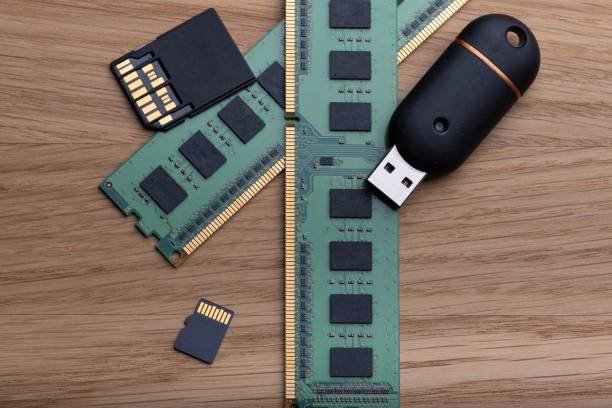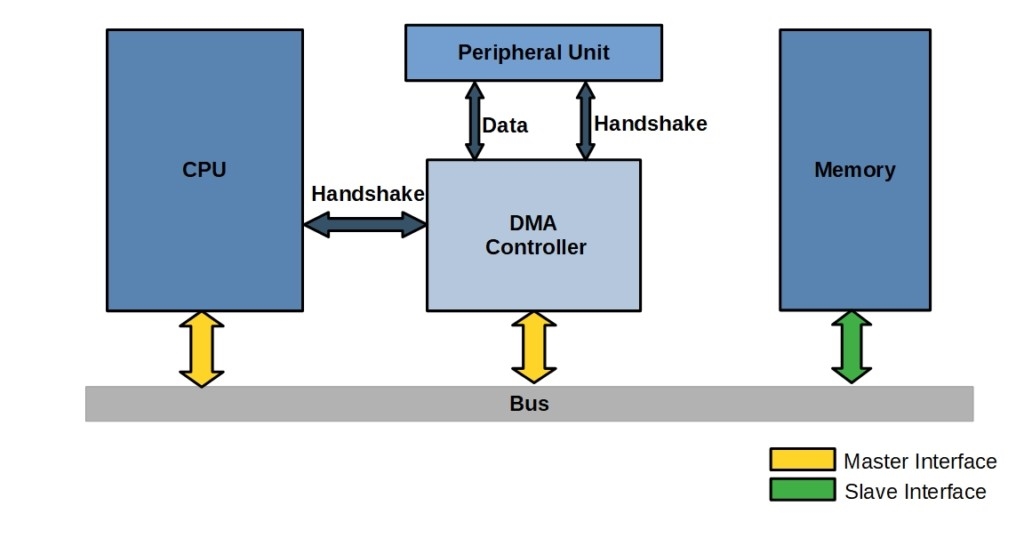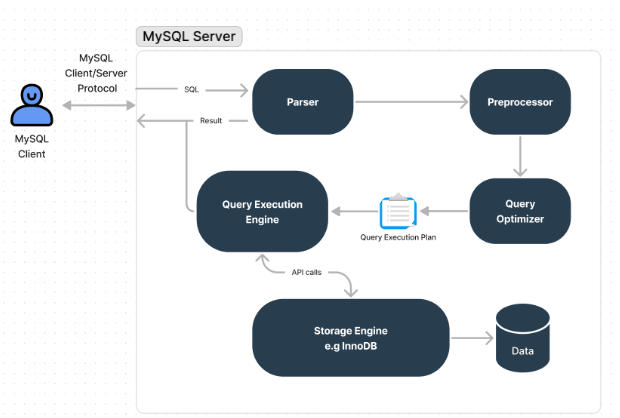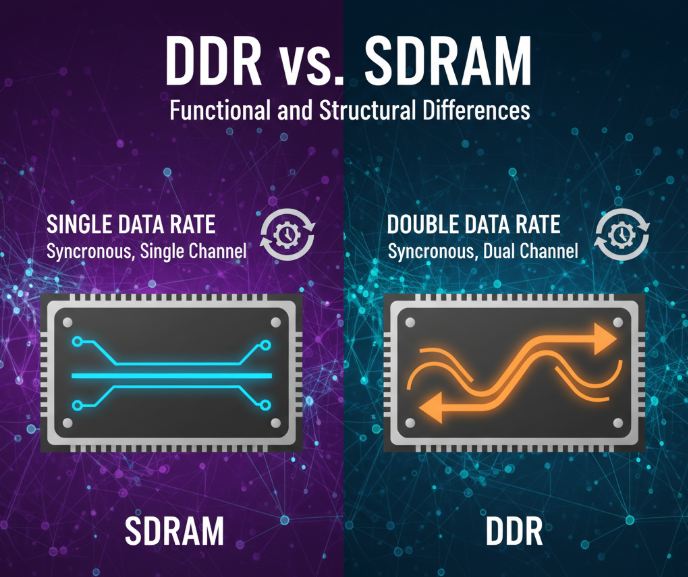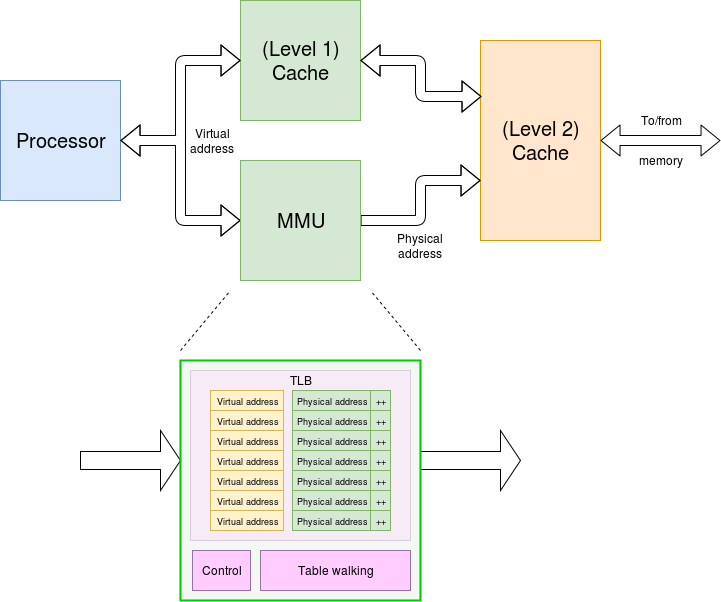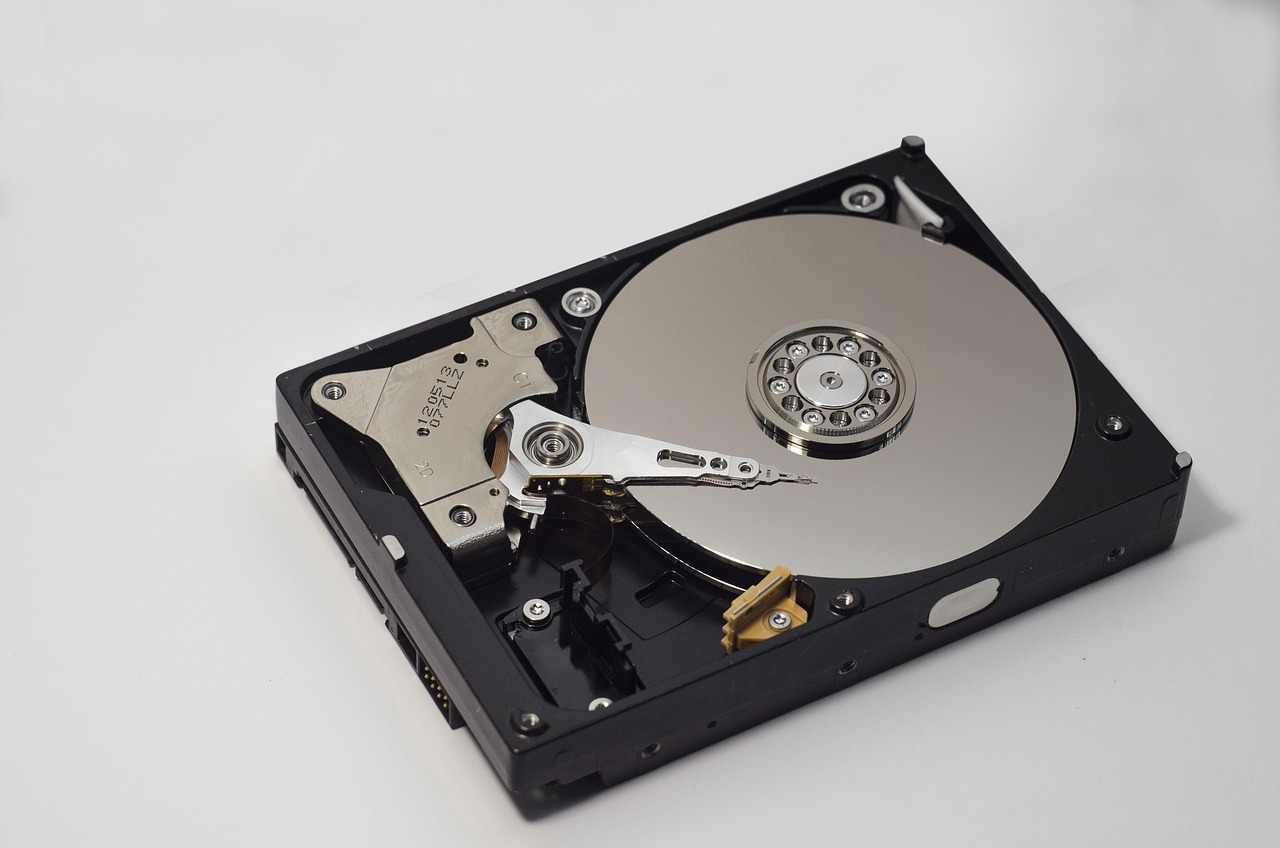Overview
"Persistent memory" typically refers to high-performance, byte-addressable nonvolatile memory devices that reside on the memory bus. MRAM (magnetoresistive random access memory) and FRAM (ferroelectric RAM) share similar performance advantages: low-voltage operation, long retention, and very high speed. They achieve these goals by different means, and in both cases advances in materials technology have driven performance improvements.
MRAM was initially developed by Motorola and IBM. It stores data bits by exposing certain magnetic materials to magnetic fields so that resistance changes in the storage cell represent the data.
MRAM
MRAM, or magnetoresistive random access memory, uses a 1-transistor–1-magnetic tunnel junction (1T-1MTJ) architecture in which data is stored in magnetic "states" of ferromagnetic materials. Because MRAM stores information as magnetic states rather than charge that can "leak" over time, it provides long data retention (typically >20 years) and effectively unlimited endurance. Polarization switching (write cycles) is achieved by generating pulsed currents in conductors above and below the magnetic tunnel junction (MTJ). The magnetic field produced by the current pulses changes the polarization of the free ferromagnetic layer. This magnetic switching does not require atomic or electronic displacement, so there is no wear mechanism associated with switching in MRAM. The change in the free layer's magnetic moment relative to the fixed layer alters the MTJ resistance. This resistance change represents the data state ("1" or "0"). Sensing (read cycles) is accomplished by measuring the MTJ resistance. Reads in MRAM devices are non?destructive and relatively fast (about 35 ns). Reading is performed by applying a very low voltage across the MTJ, enabling an effectively unlimited number of read operations over device lifetime.
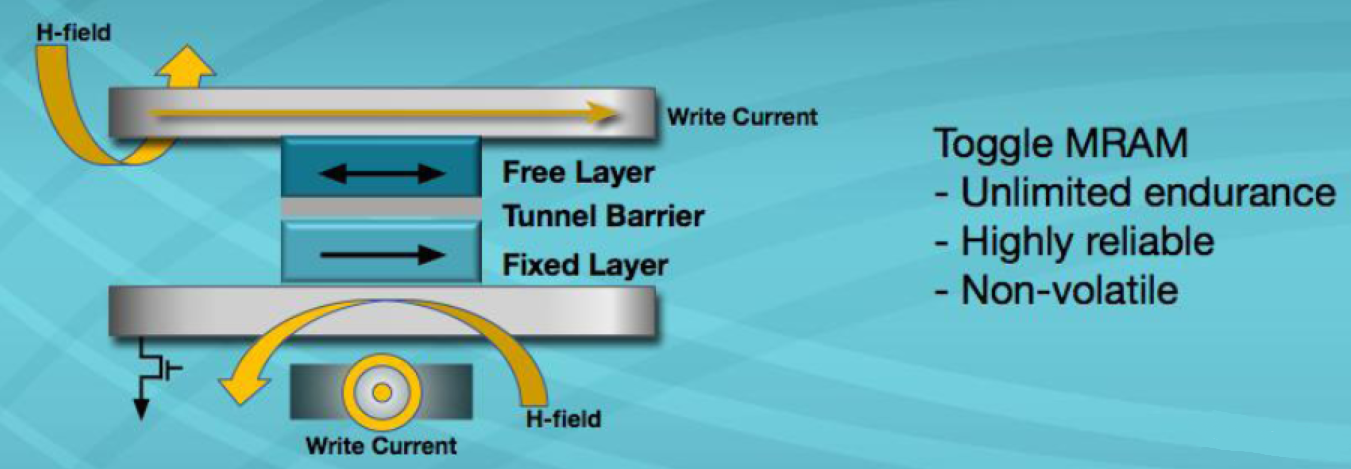
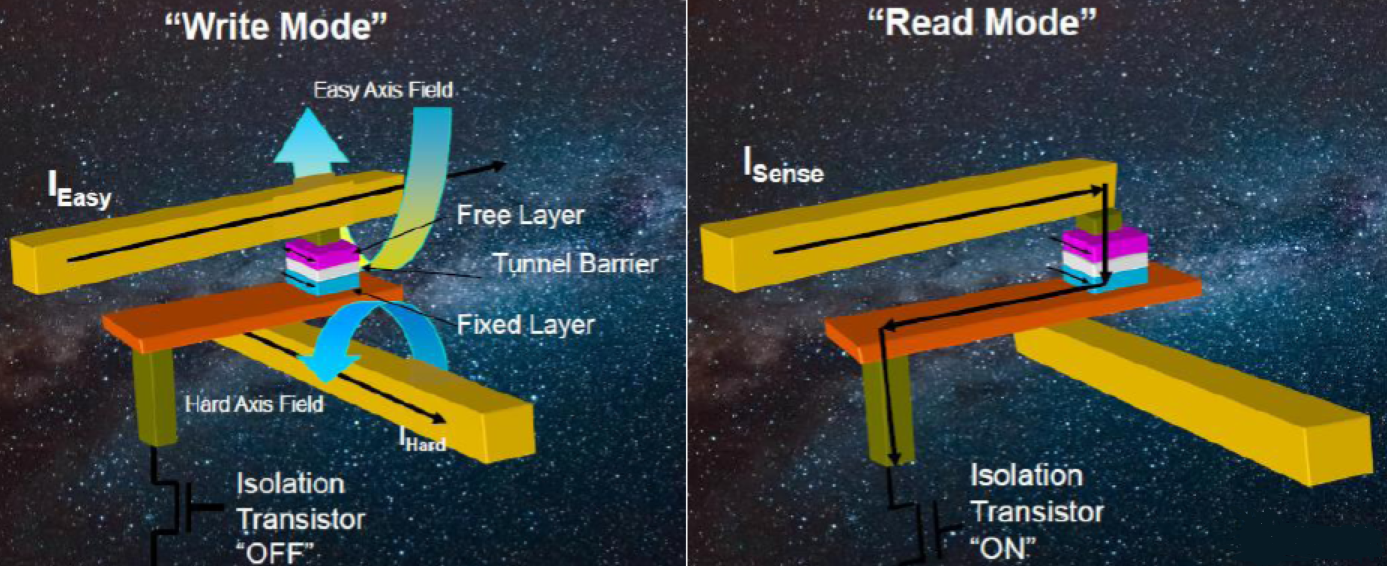
FRAM
FRAM, or ferroelectric random access memory, uses a 1-transistor–1-ferroelectric-capacitor (1T-1FC) architecture that employs ferroelectric materials as the storage element. The intrinsic electric dipoles in these materials switch polarity under an external electric field. Switching the ferroelectric polarization requires movement of dipoles (for example, Ti4+ ions in the oxygen octahedra in Pb(Zr,Ti)O3) in response to the field. Free charge or time and temperature-dependent ionic defects can cause dipole relaxation over time, which leads to fatigue.
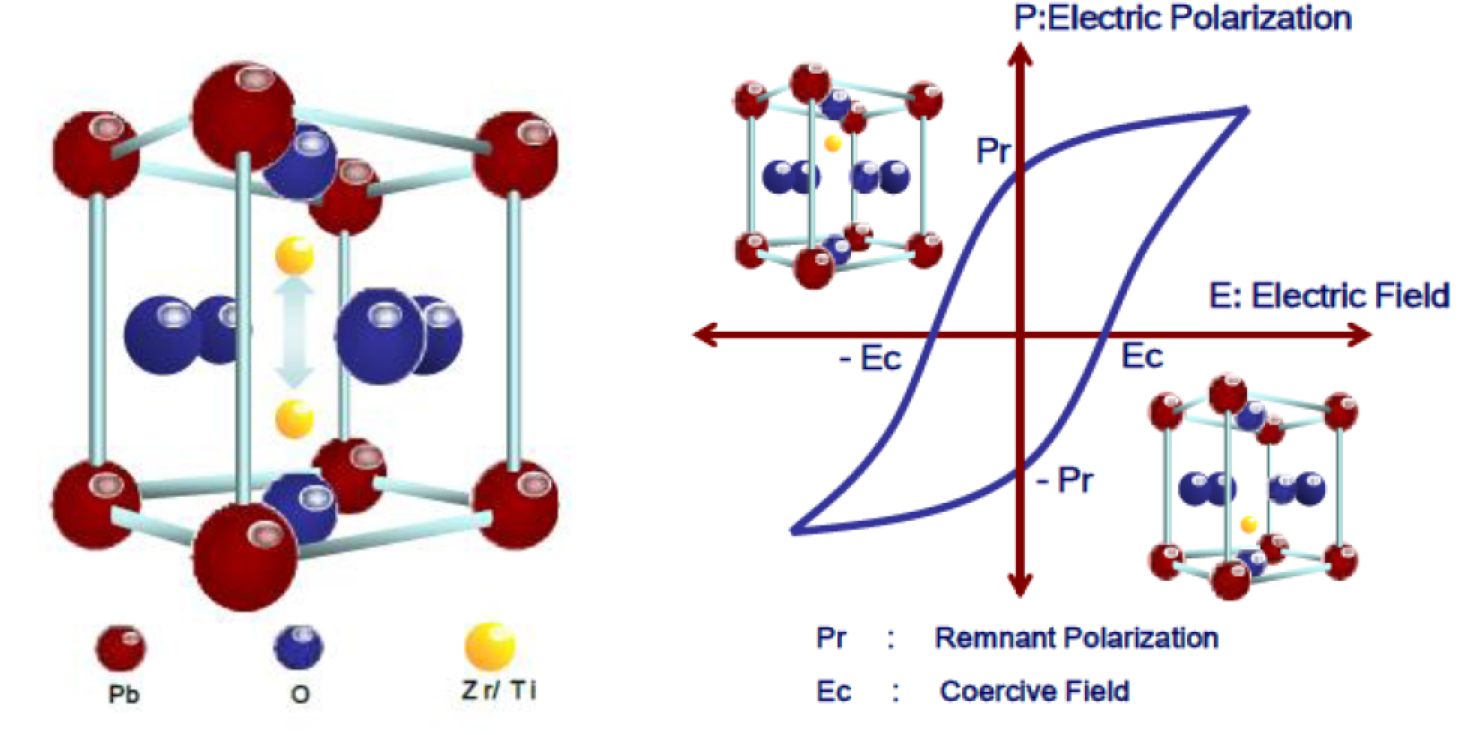
 ALLPCB
ALLPCB


